Interview with Charlotte Clymer

The Importance of Being Challenged
Today we met with Charlotte Clymer. I was really looking forward to this interview, and it did not disappoint. I asked Charlotte what she thinks the most effective way to protest is without harming people in the process, as she had discussed the topic in her latest podcast. She said that if you are putting other people in jeopardy in any way, you undermine what you are trying to accomplish. If you are being harmful, you take attention away from your cause or message, and you may even cause people to become more hateful or inconsiderate.
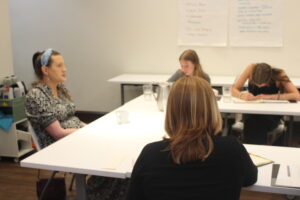

Charlotte also spoke about how harmful division is. People tend to form an opinion and stick to it stubbornly. Charlotte’s message is that if we don’t communicate with each other, problems will never be resolved. If you don’t talk to other people who hold different opinions, your opinions can never be challenged, and it’s important that they be challenged if we are to improve our nation. – Chloe Smith

“You Don’t Have to Run for Congress to Be An Effective Public Servant”
Today is our last full day in Washington DC, and we have talked to some incredibly thoughtful and effective public servants, people who have a great love for others and for their country. These folks work non-stop on behalf of equality, equity, freedom and justice, both in government and in the country generally. They come from all walks of life, and while they don’t all agree on everything, they all share something in common: none of them are currently members of Congress, although a few work for or with members of Congress. I had only vaguely noticed this fact up0 to this point in our trip, but today I became consciously aware of it.
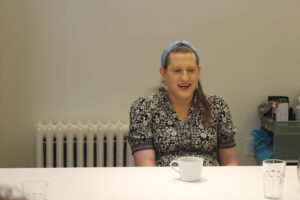
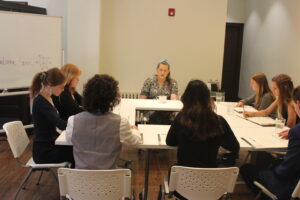
Today we had the pleasure of interviewing Charlotte Clymer, an LGBTQ+ activist, trans woman, and veteran. She is a firm believer in the importance of faith in God, however that may appear to an individual. She made the point that “You don’t have to run for office to be an effective public servant.” She put into words something I had noticed throughout this trip, that some of the most brilliant and effective public servants are those who don’t hold high-profile positions. Instead, some people find their own way, based on their own sense of morality and public service, to make this country and world a better place. It is incredible to me that some people can remain grounded in their own morals and beliefs without discounting the morals and beliefs of others. Charlotte spoke about how so many people become stuck in their own way of thinking and refuse to make room for other ways of thinking. I aspire to be like her, firm in what I believe is right, but genuinely open to other beliefs about what is right. – Mordecai Coleman
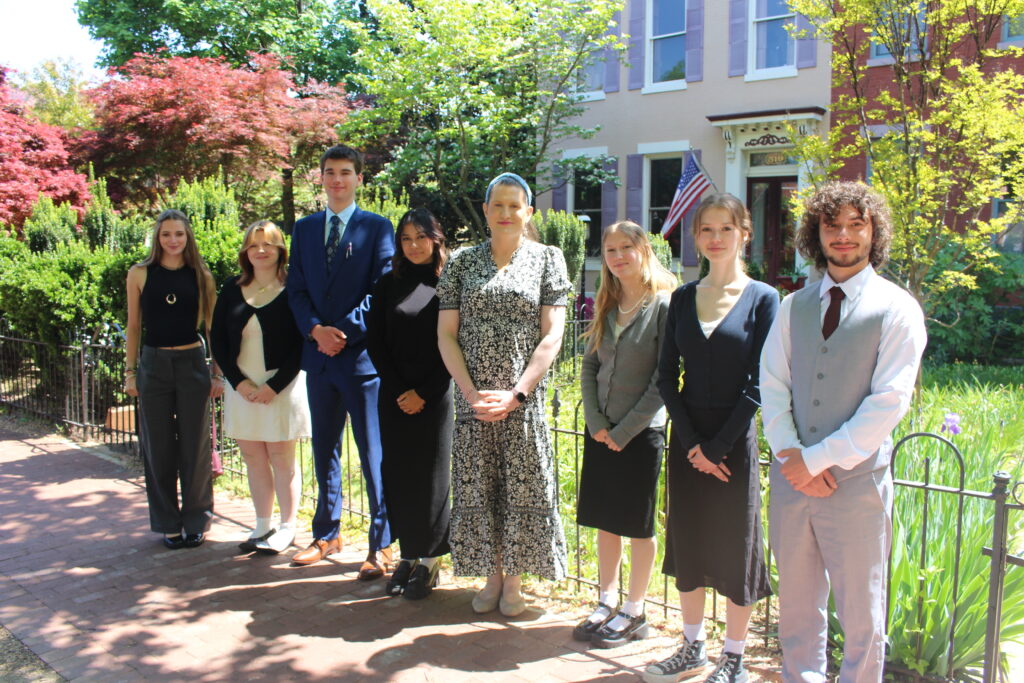
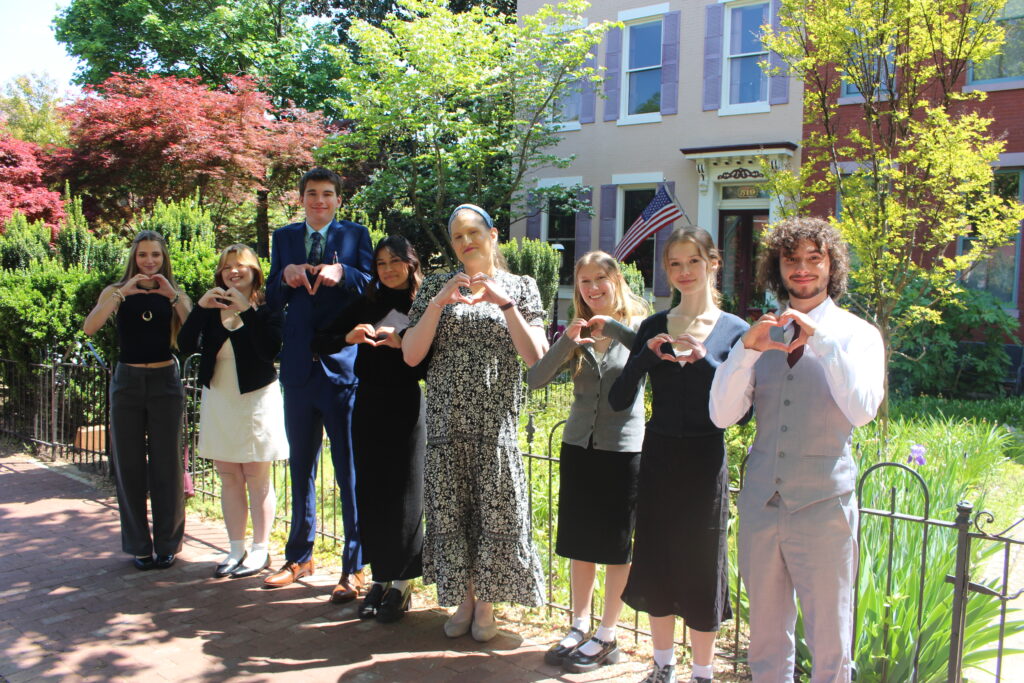

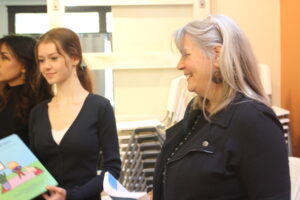
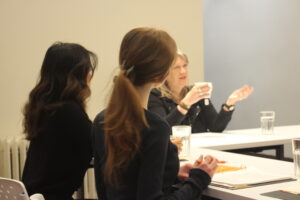


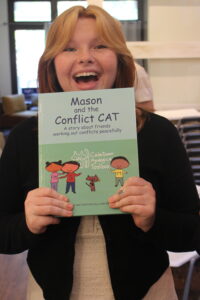

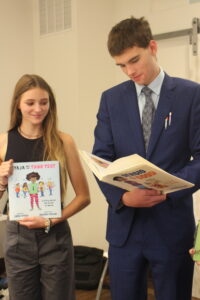
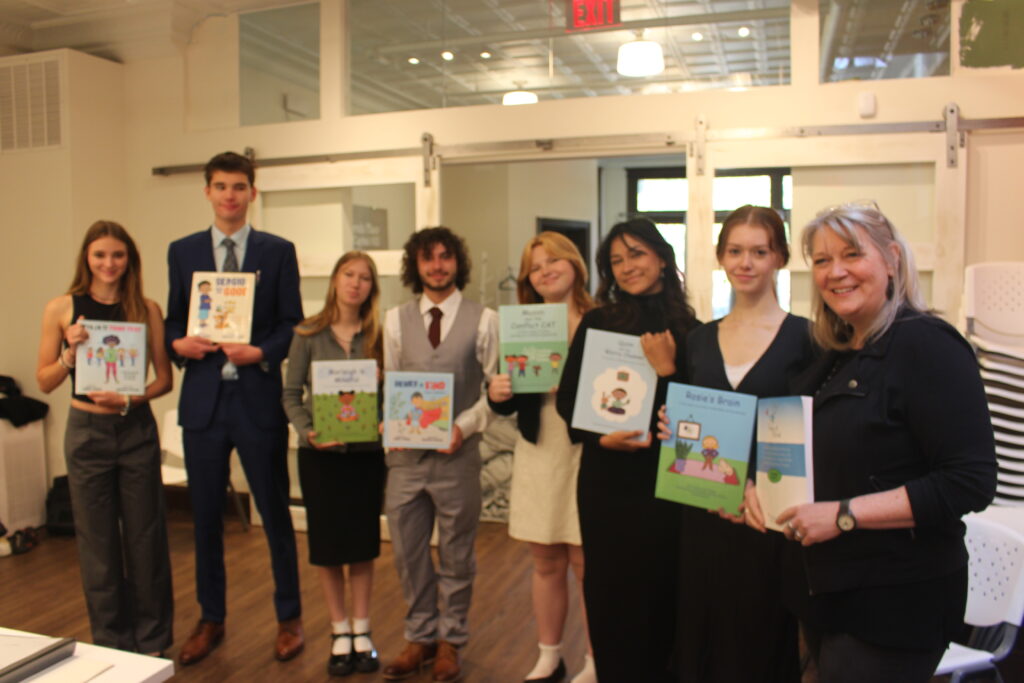
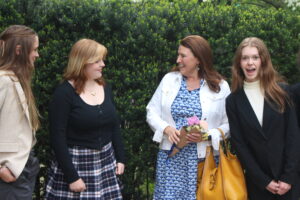
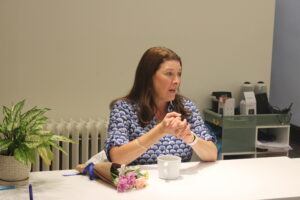
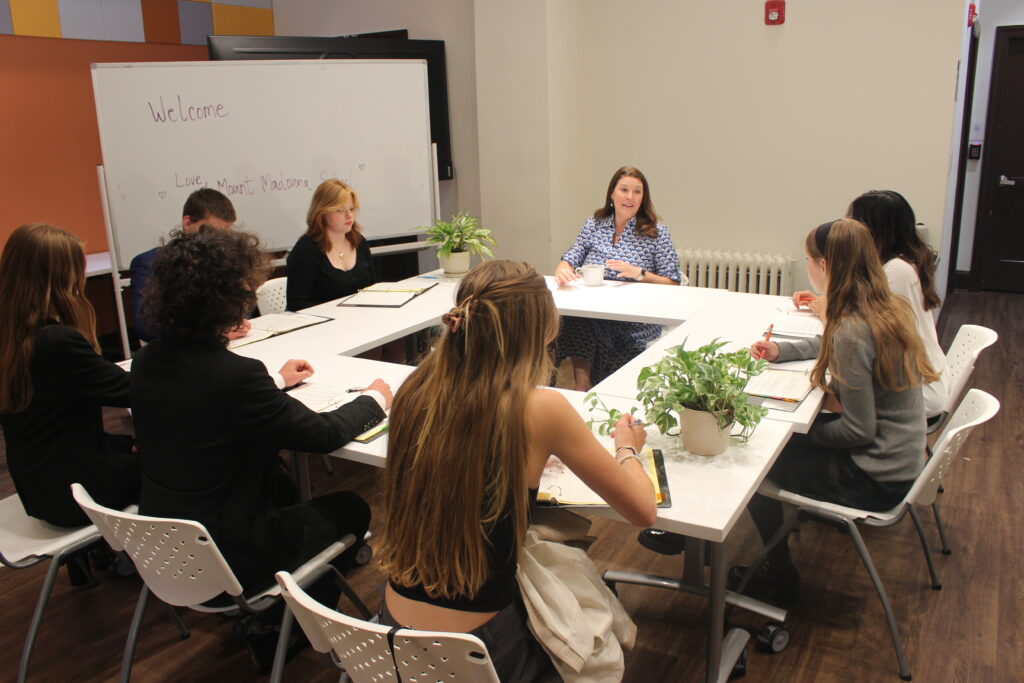
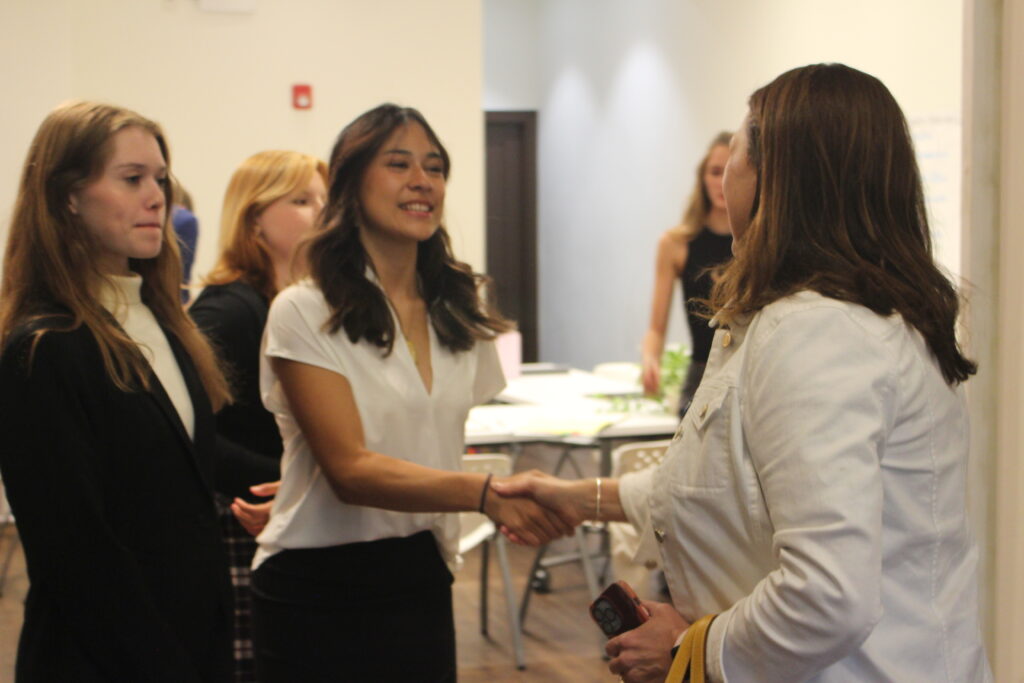
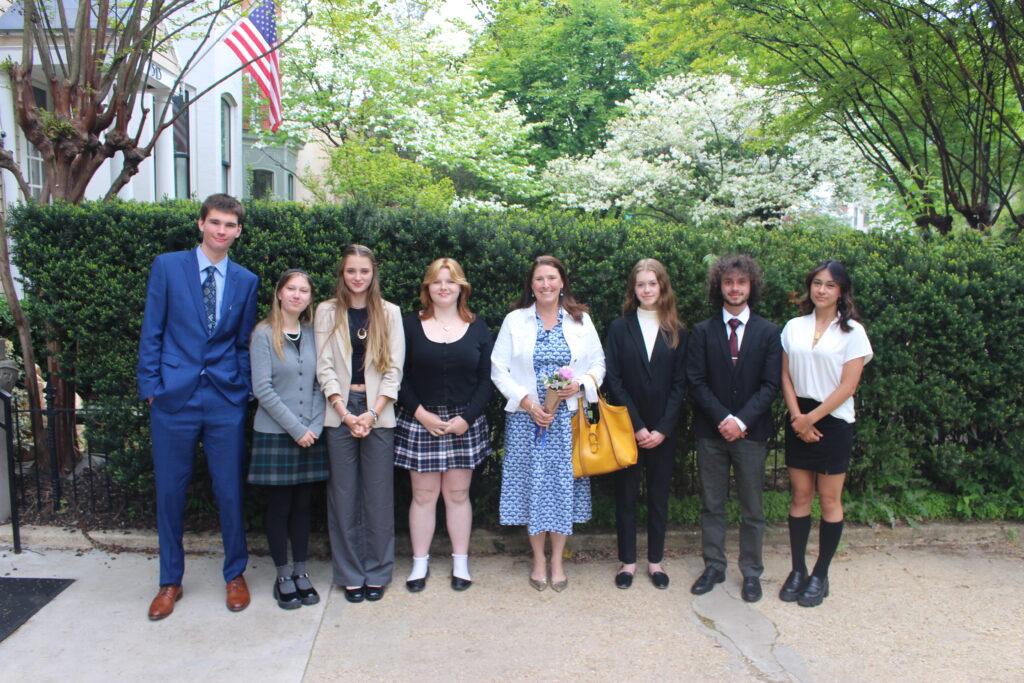
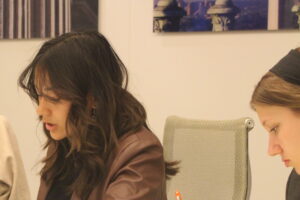
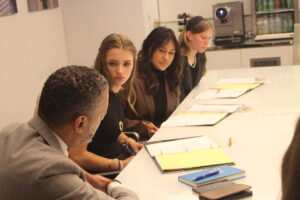
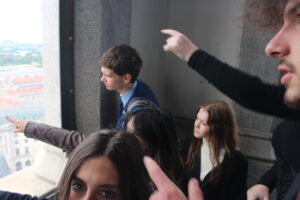
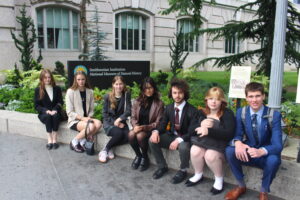
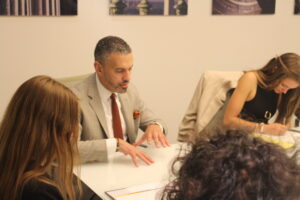
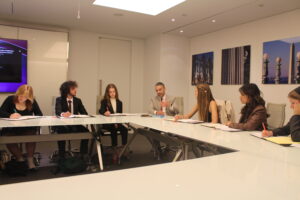
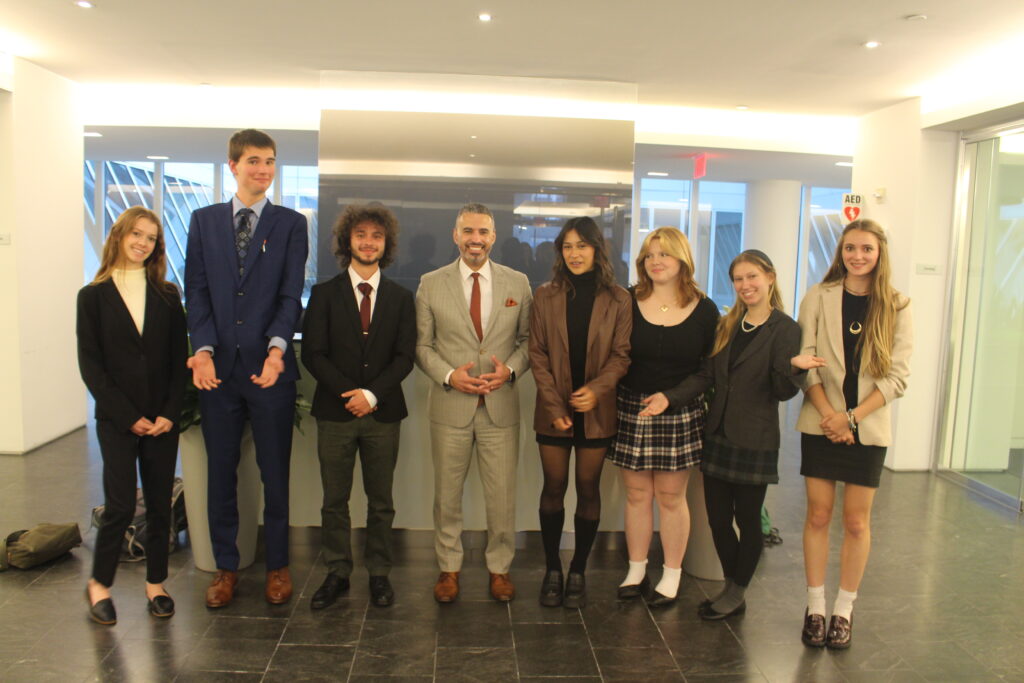
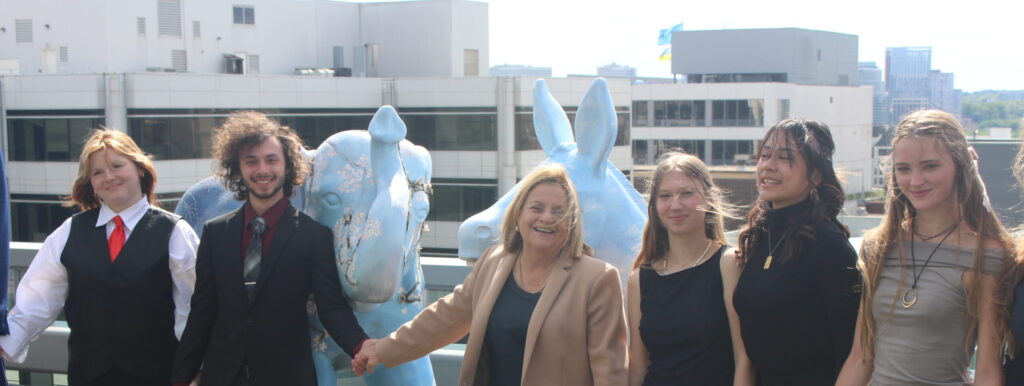
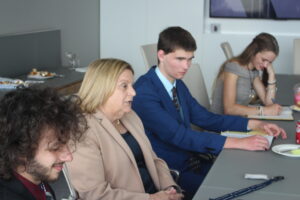
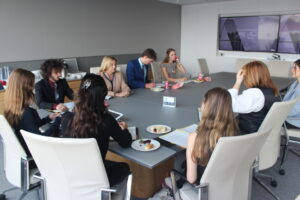
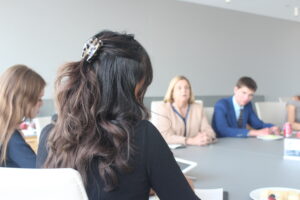
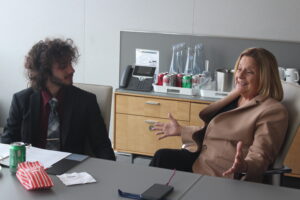
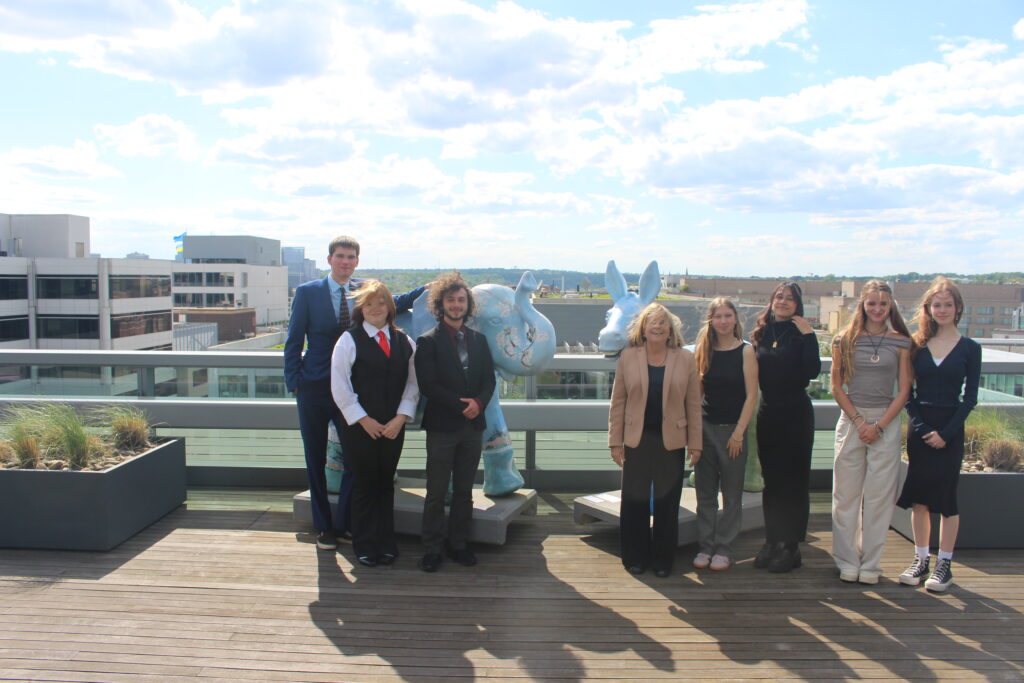
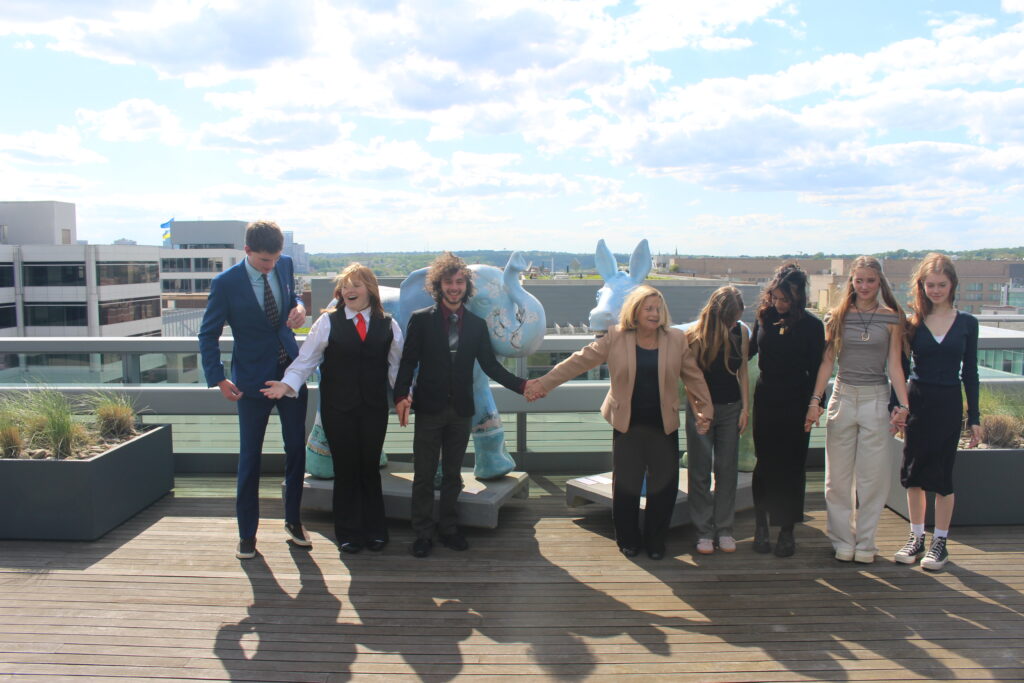
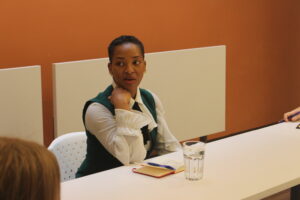
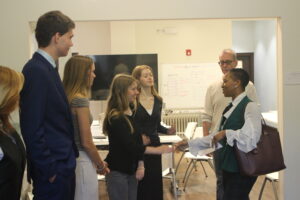

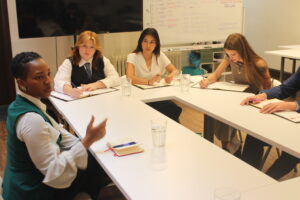
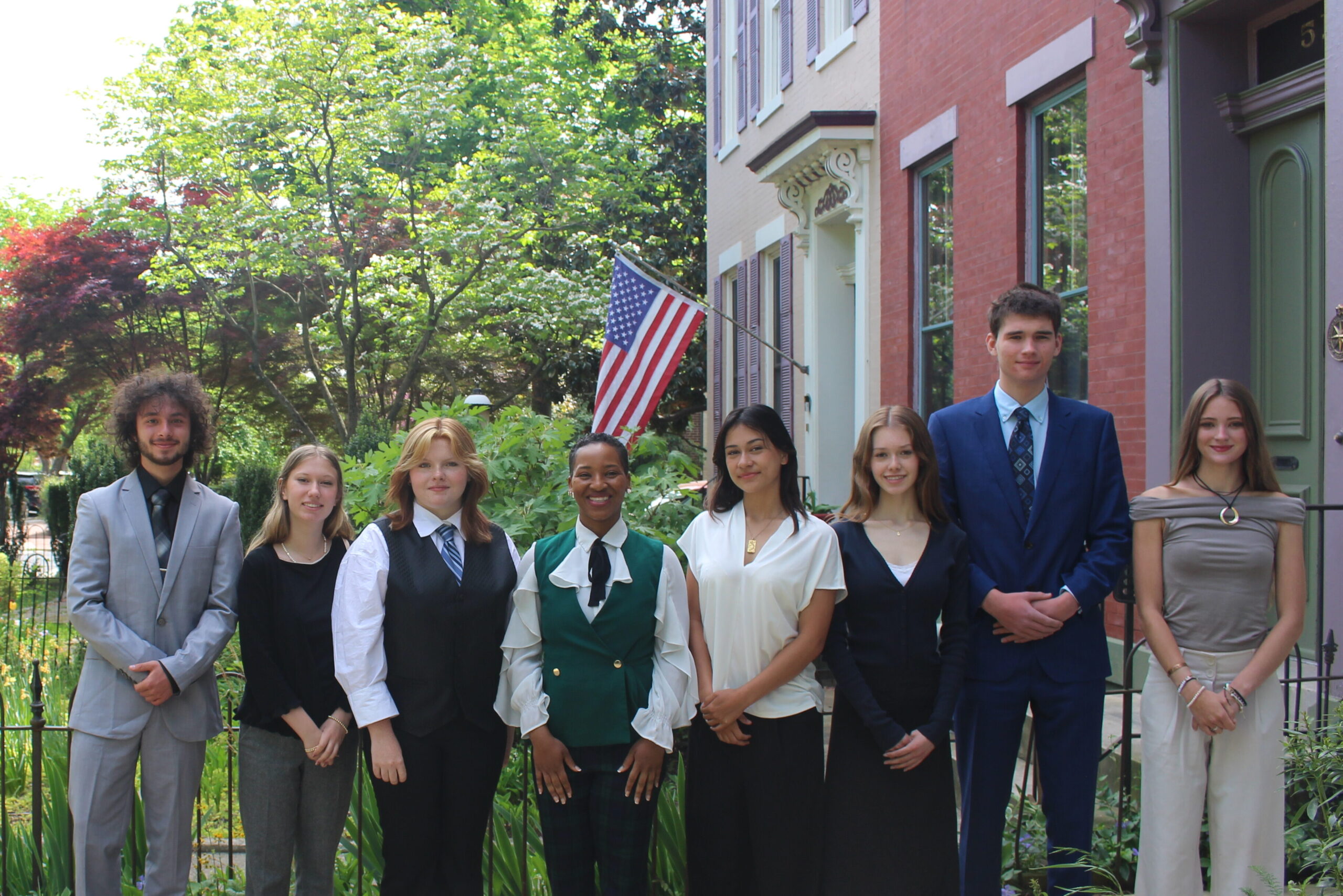
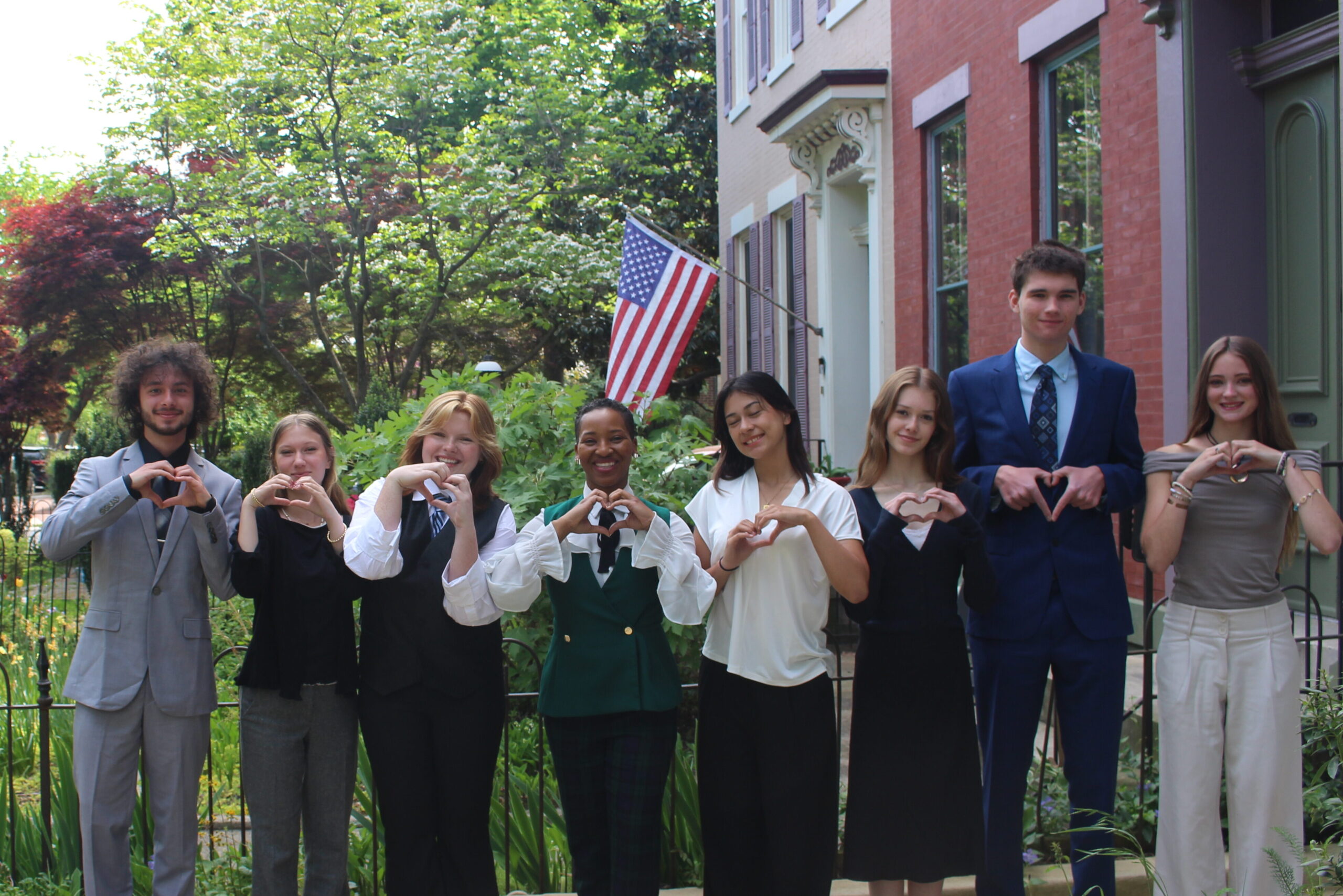
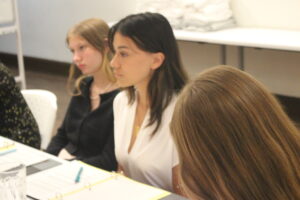
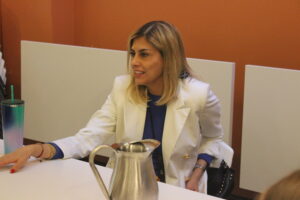
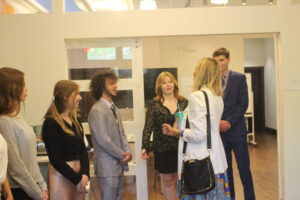
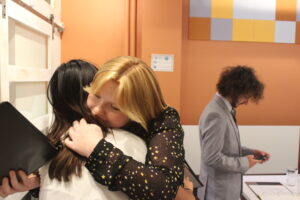
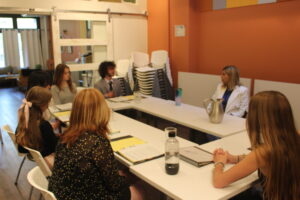
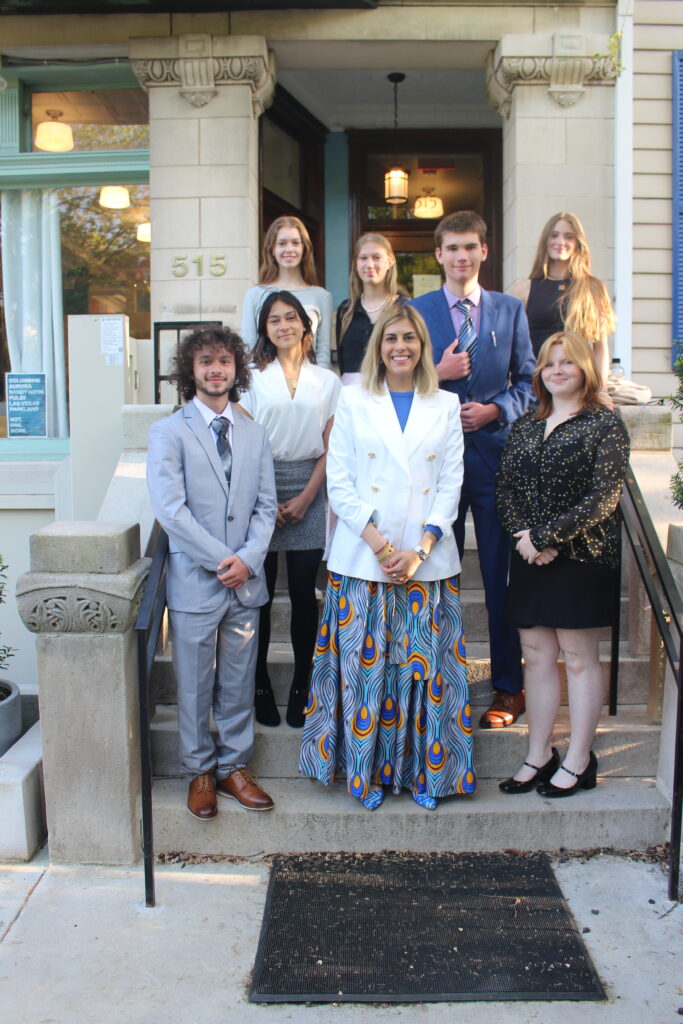
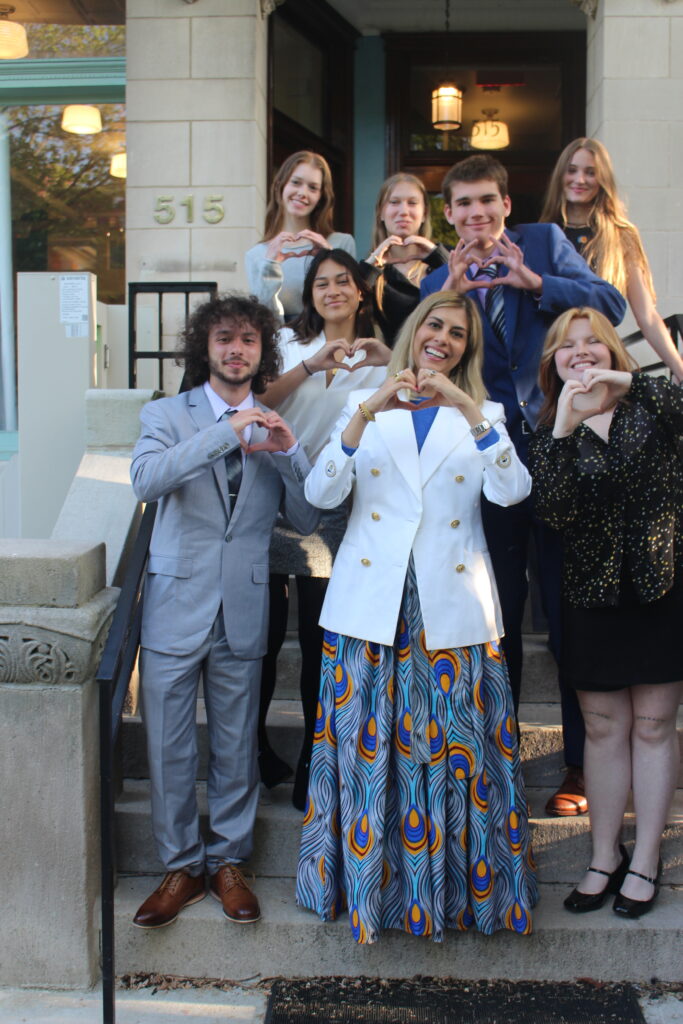
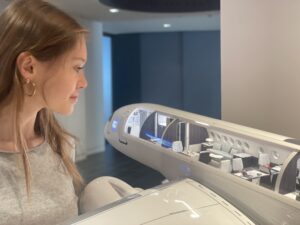
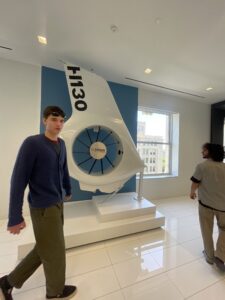
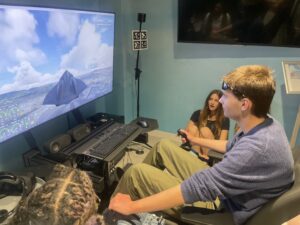
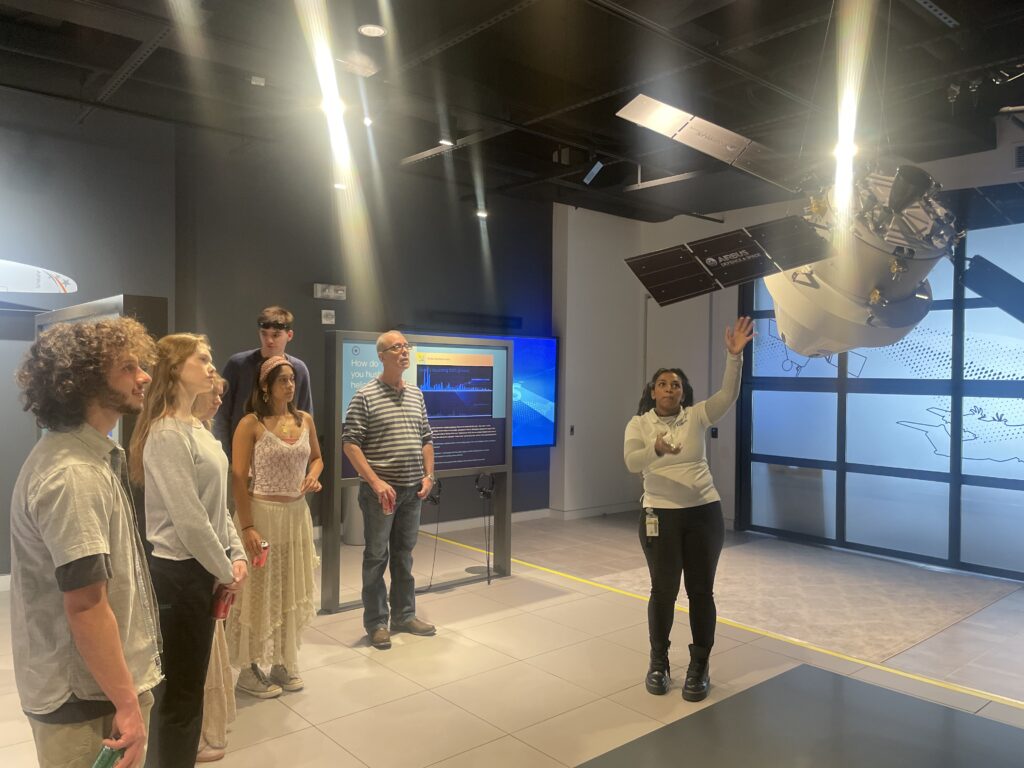
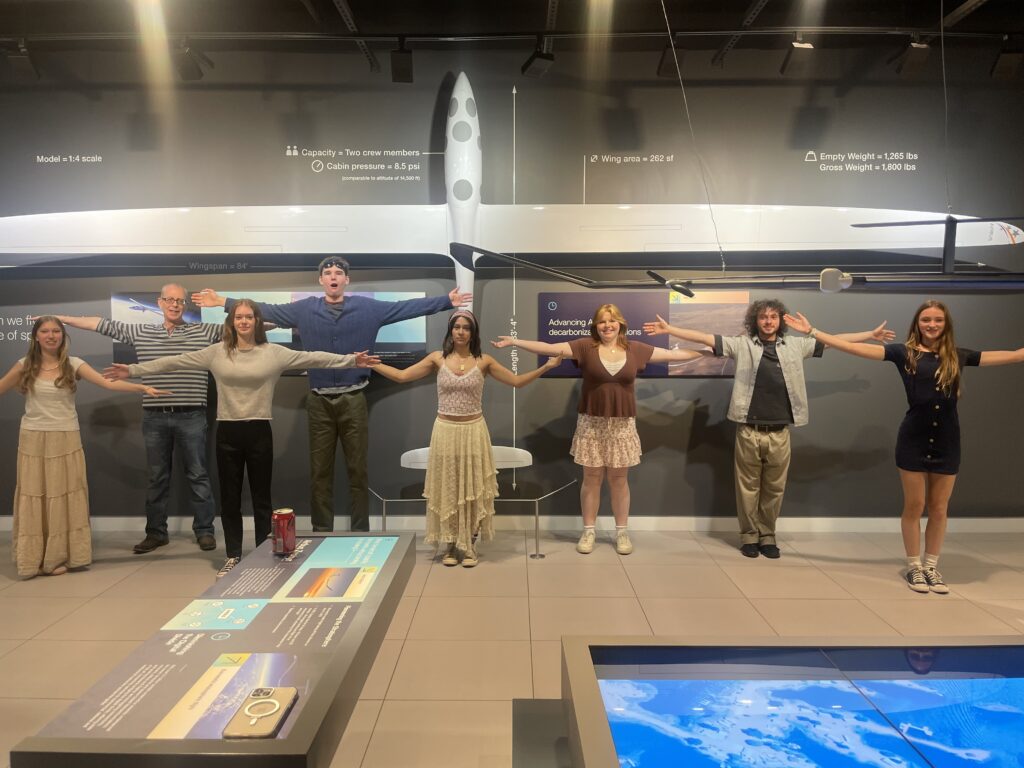
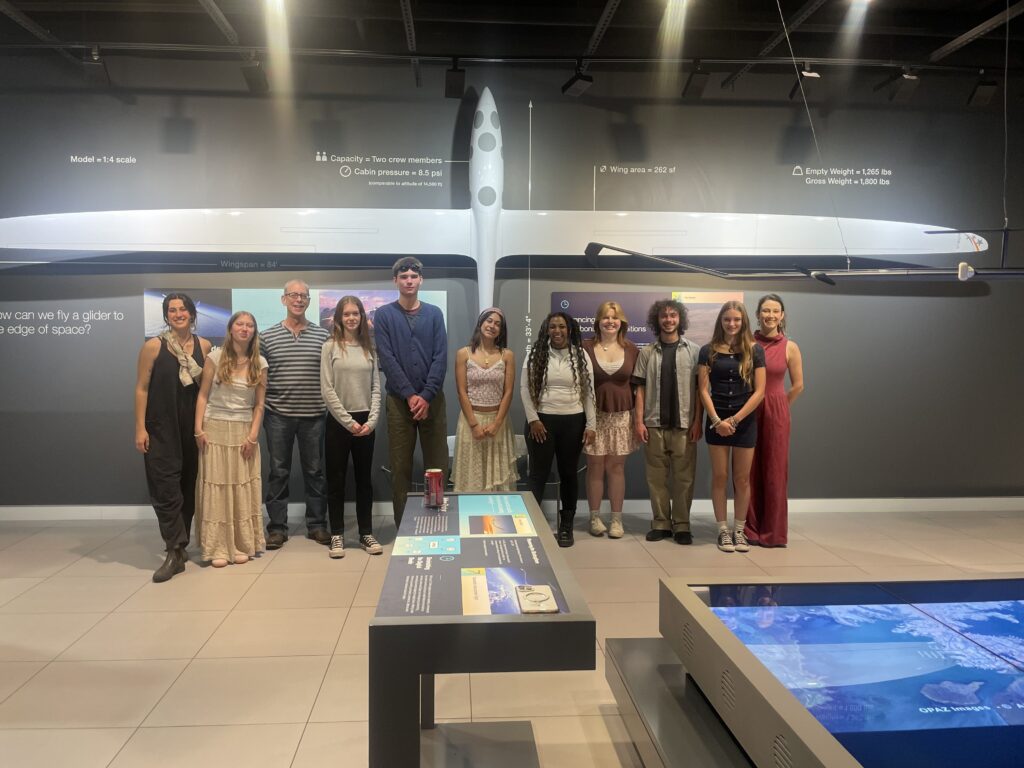
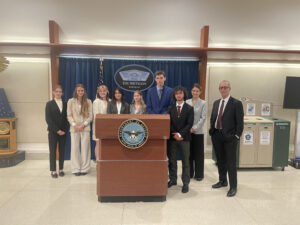
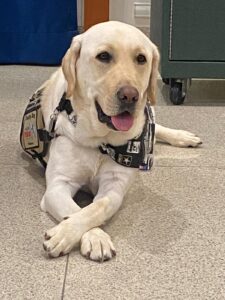

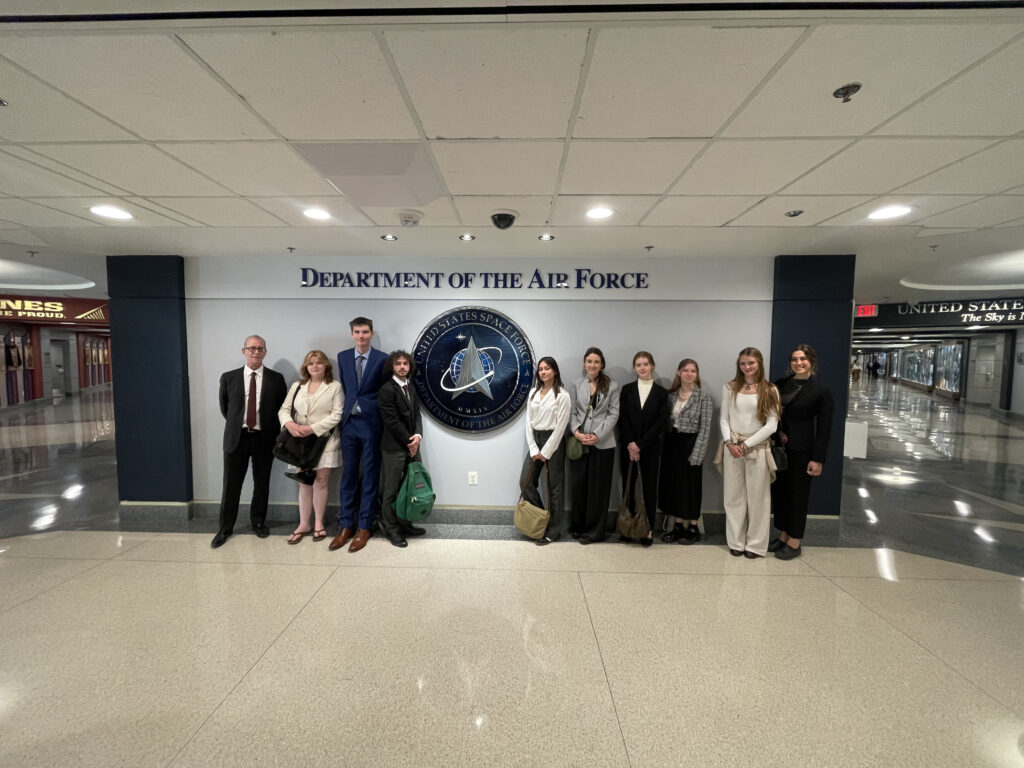
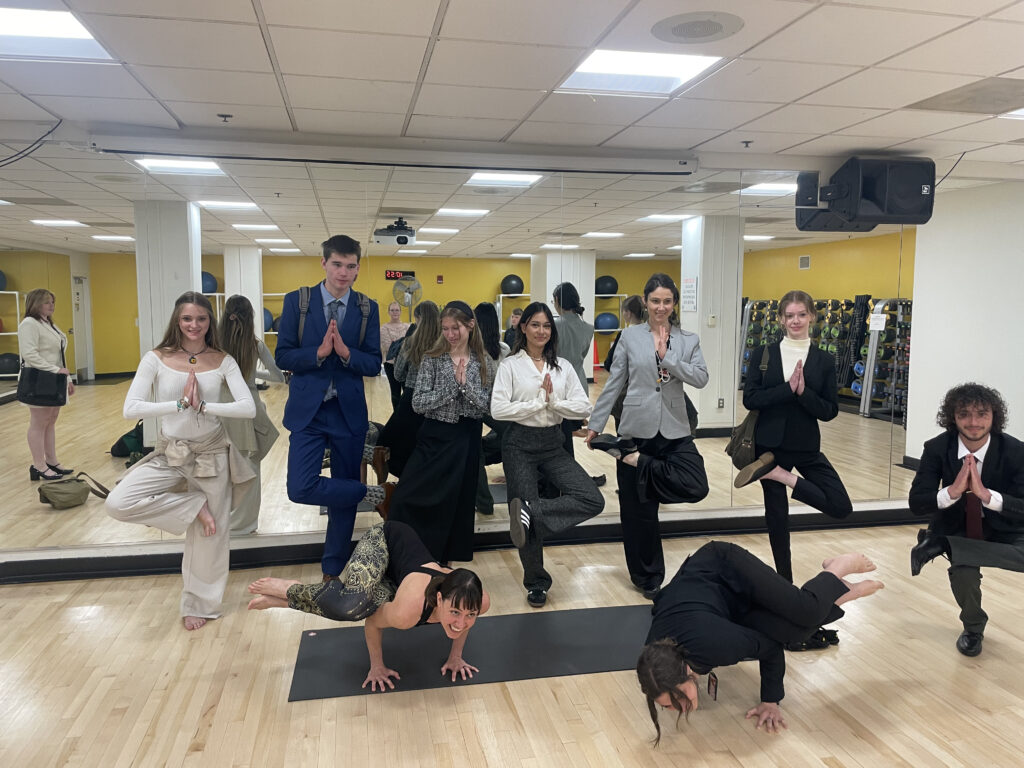
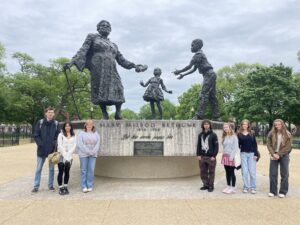
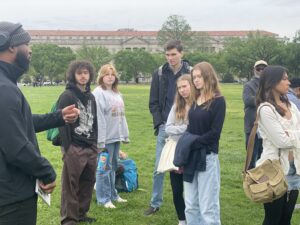
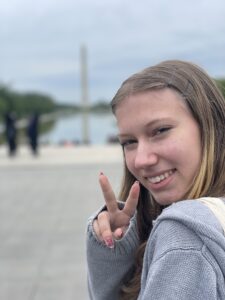
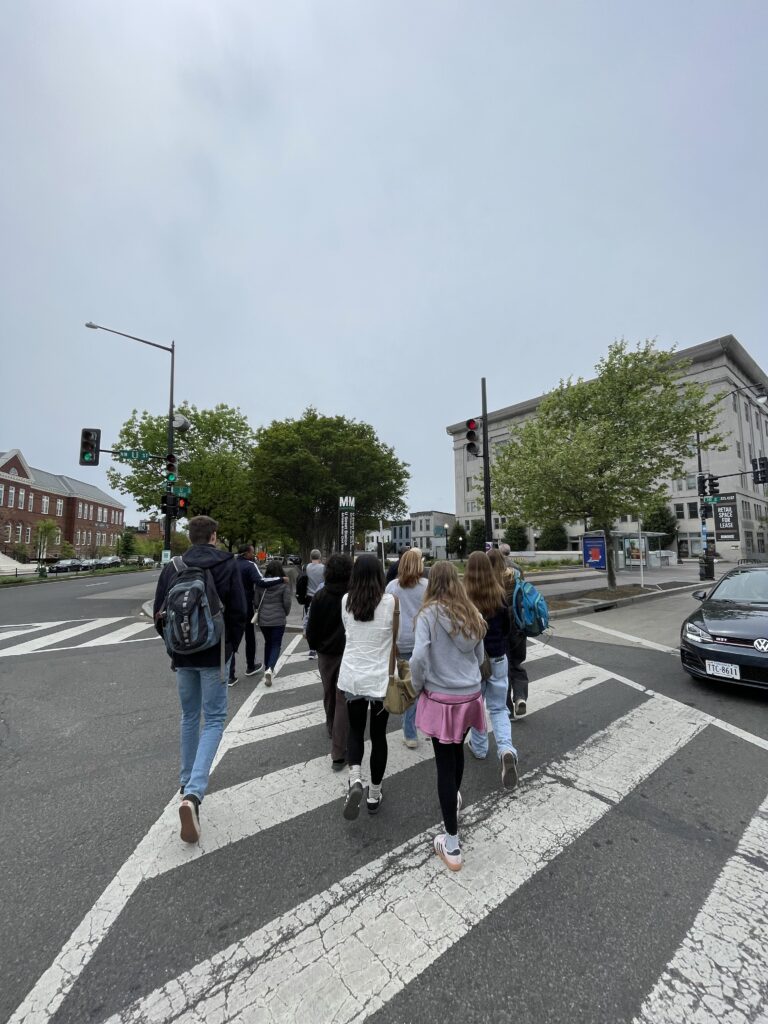
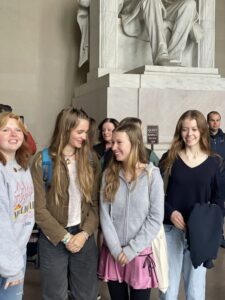
You must be logged in to post a comment.